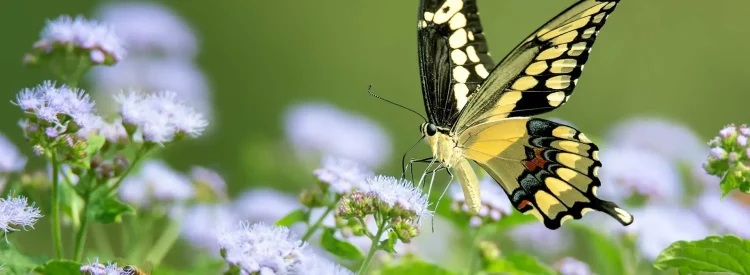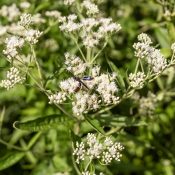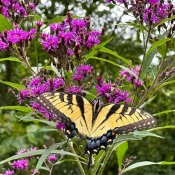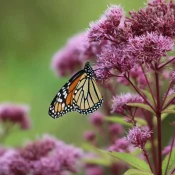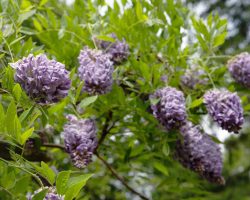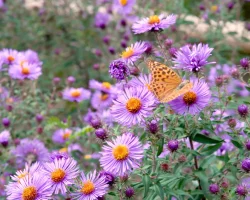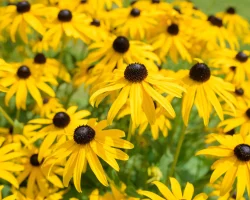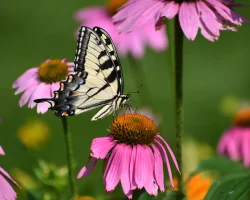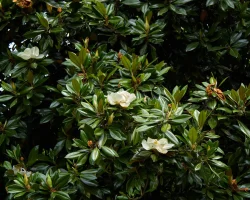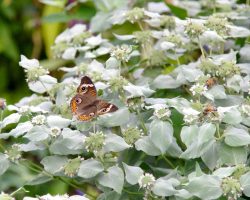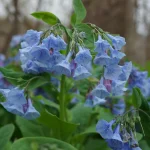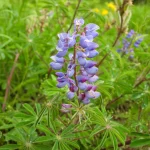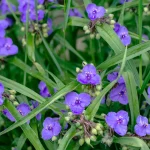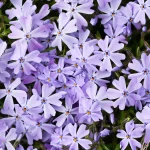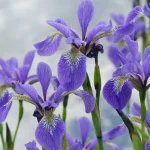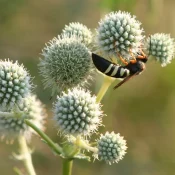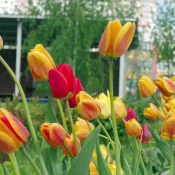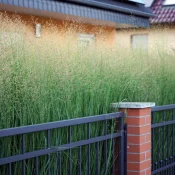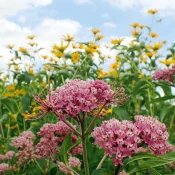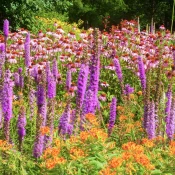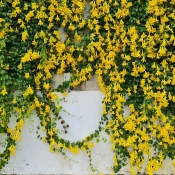Blue mistflower is a late-summer lifesaver for pollinators. When butterflies are migrating and bees are stocking up for winter, this plant shows up with fuzzy clusters of soft purple flowers—like tiny pom-poms held high. It grows 3 to 4 feet tall, likes full to part sun, and spreads fast. Some gardeners call it “aggressive,” but a spring haircut helps keep it in check. Scroll on for inspo and planting tips.
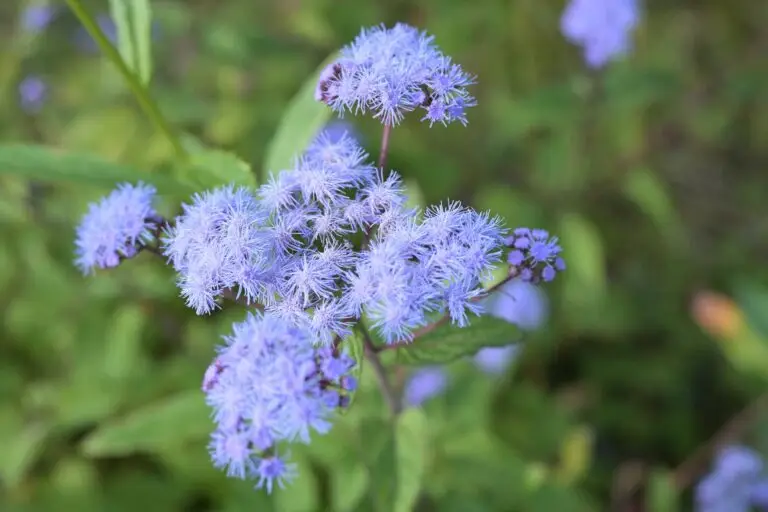
Is blue mistflower a good choice for my yard?
Yes, if…
- You want late-season blooms that support monarch butterflies and other pollinators.
- You have full sun or part sun and average garden soil.
- You’d like a fast-growing perennial that fills space quickly.
- You want a medium-height border or pollinator bed anchor.
What are the benefits of planting blue mistflower?
First, let’s start by celebrating blue mistflower as a native plant. Native plants have grown in their home area for thousands of years. Every drought, blizzard, and weather event they have lived through. There are no better plants for your region than native plants.
Here are three benefits to planting native plants like blue mistflower:
- Support wildlife. Without native plants, iconic animals like monarch butterflies and songbirds won’t have the food or homes needed to survive.
- Save time and money: After the first year of establishment, native plants like blue mistflower are happy with rain.
- Enjoy fuss-free beauty. Native plants are gorgeous! Blue mistflower is a perfect example of how beautiful and resilient native plants are—they are always the best choice for our gardens.
New to native?
Before lawns and landscaping, native plants were here. They’ve fed birds, bees, and butterflies for thousands of years—and they’ll do the same in your yard. The best part? They’re easier to grow than you think.
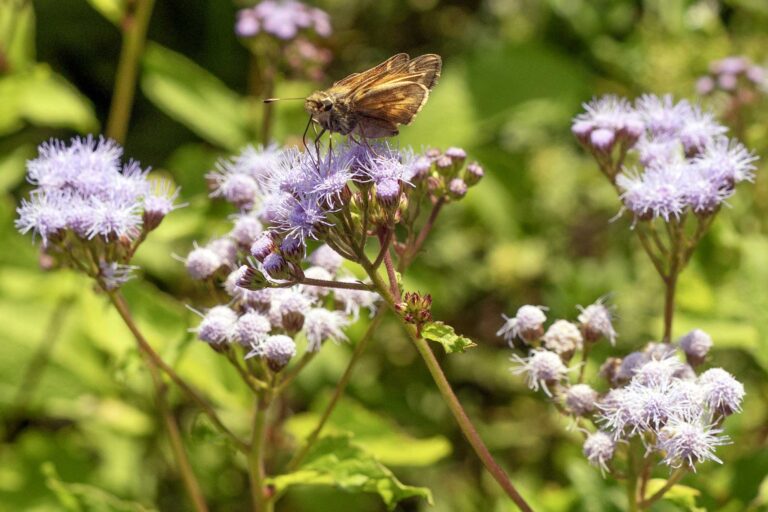
Blue mistflower is a butterfly favorite at a crucial time
Blue mistflower blooms at the end of the season, generally in August through September/October. This is a crucial time for butterflies.
During this time, monarch butterflies are migrating back to Mexico and need lots of food to make this incredible journey. Planting native flowers that bloom in the fall is crucial to helping them survive.
Plant blue mistflower with other fall-blooming native flowers to ensure your garden is filled with butterflies and they have food in the fall. Plant blue mistflower alongside fall bloomers like native asters.
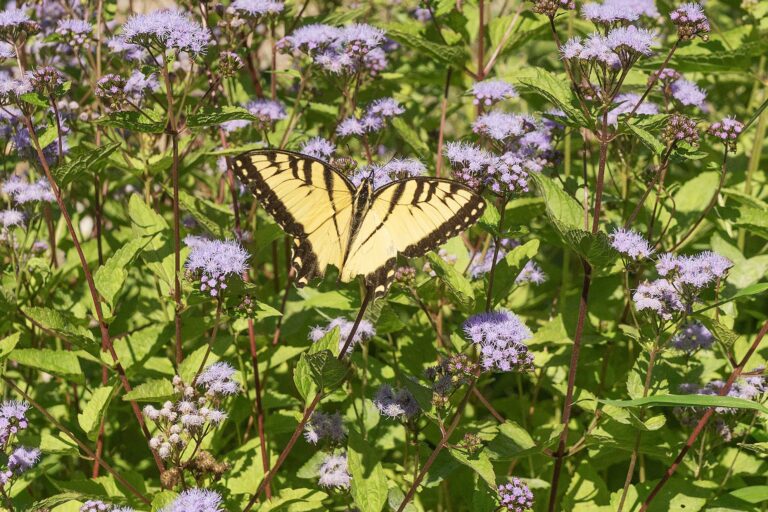
Where is Blue Mistflower native?
Blue Mistflower is native to 50% of the United States, from New York to Texas.
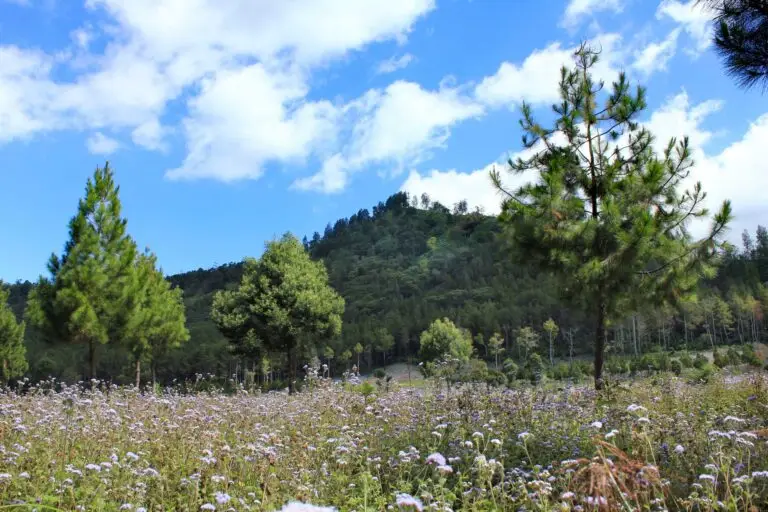
Native flowers similar to blue mistflower
There are a few other natives that look similar, thanks to their wide umbrellas of tiny flowers (these flower shapes are called umbel inflorescences, if you want to get nerdy):
Where blue mistflower shines in your yard
Blue mistflower is short enough to be a great plant for borders, pollinator gardens, and walkways. Plant it with other natives that bloom at different times for interest throughout the year (scroll on for ideas.)
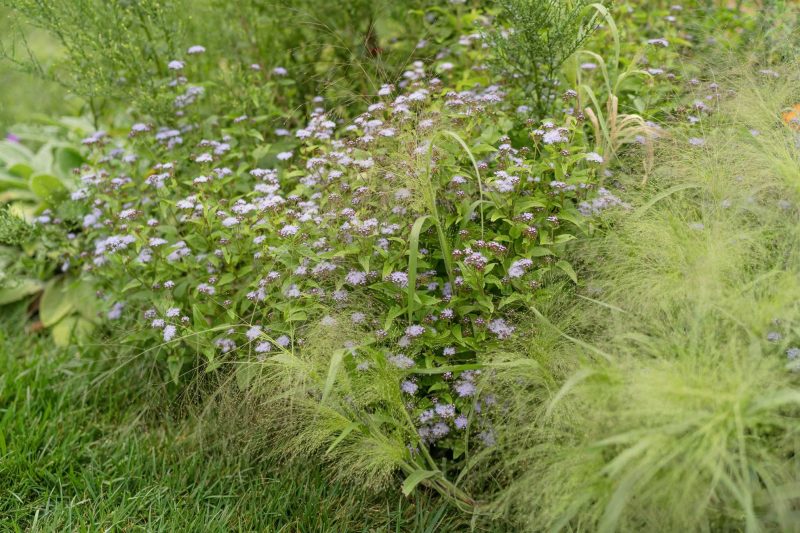
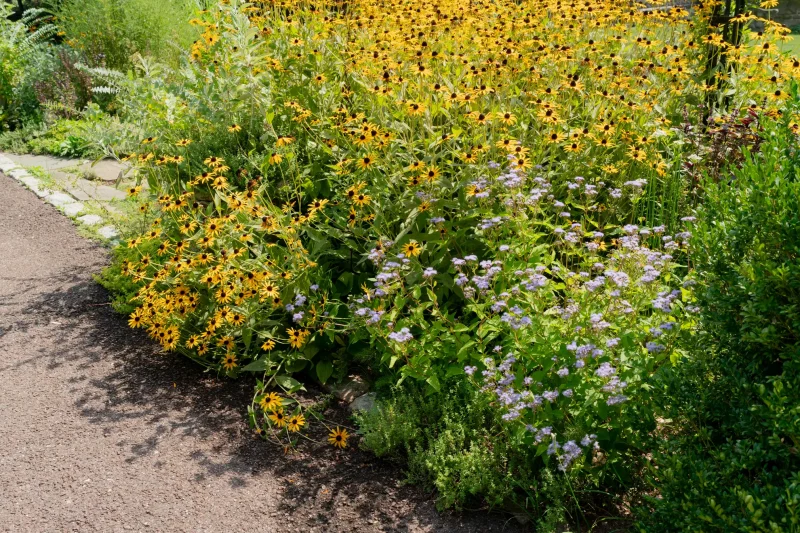
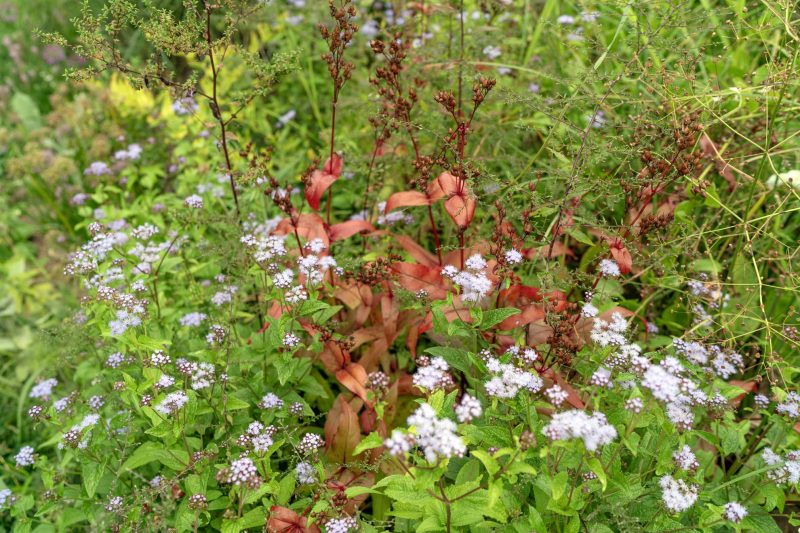
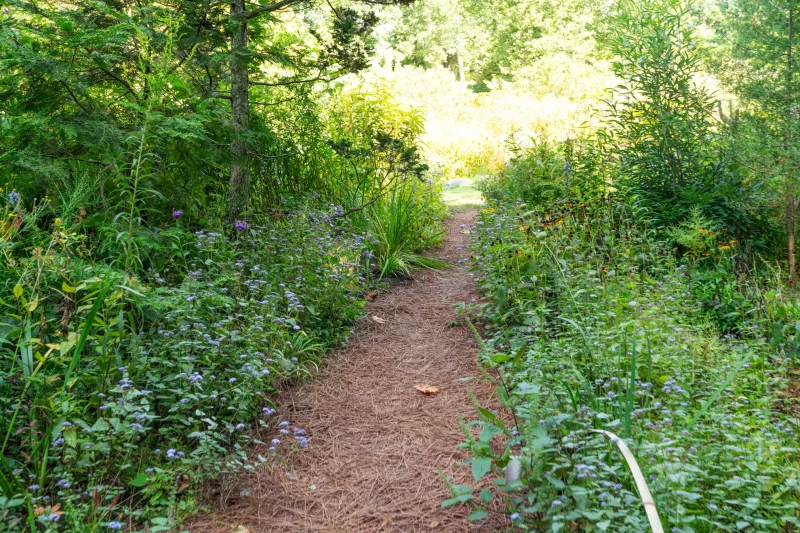
Blue mistflower spreads by seed AND by rhizome
Blue mistflower’s reputation depends on who you ask. Some gardeners call it a pollinator dream, others call it a garden takeover. Both are true.
Blue mistflower spreads in two ways—by seed and by rhizome (an underground stem that sends up new shoots). Its seeds even come with tiny parachutes, like dandelions, designed to catch the wind. That’s why new plants sometimes appear a few feet—or a few yards—away the next season. If you love a bit of wildness, it’s delightful. If you like your plants to stay exactly where you put them or have a small space, maybe consider other natives.
FAQs
Is blue mistflower aggressive?
Blue mistflower spreads quickly—plant it one season and it will come back the next doubled in size. Because it spreads so quickly, many gardeners consider it aggressive—a term for plants that expand their footprint rapidly.
Sometimes blue mistflower’s fast-spreading ability is an asset
Not all “aggressive” plants are bad—sometimes a fast-spreading ability is a good thing! If you have a large area loaded with invasive plants, and you want to replace with pollinator-friendly plants, a fast-spreading native flower like blue mistflower is worth considering.
Fast-spreading native plants can quickly fill out large expanses—perfect if you have a big area to cover like a field or a large statement garden. Other fast-growing native flowers for larger spaces include asters, little bluestem, nodding onion, mountain mint, bee balm, and hummingbird mint.
How can I stop blue mistflower from spreading?
Digging up blue mistflower in the spring and/or cutting its tops off before it goes to seed helps control its spread. This is especially helpful if you have a smaller space. To keep blue mistflower in check:
- Dig up the plant when it emerges in the spring
- Divide it in half (give it away to neighbors or plant in another spot in the garden!)
- Cut the flower tops off, right after they flower.
Other blue native plants
The color blue is a striking one to add to the garden—it’s also a rare color to find in plants. If you’re looking for other blue flowers, plant asters, blue-eyed grass, and false blue indigo.
If you’re into picking plants by color…
Choosing plants via color is a fun (and easy!) way to landscape. Our Three-Color Native Garden guide inspires what else to plant, based on color.
What to pair with blue mistflower
Pair blue mistflower with native flowers that bloom from spring to fall, so pollinators always have something to eat. Here are some seasonal native pairings:
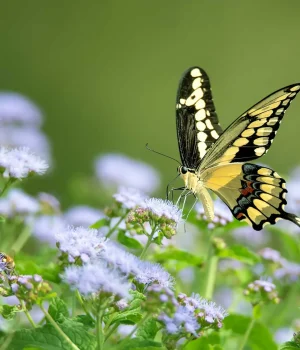
Pairs well with
Blue mistflower is a late-blooming native flower that is crucial for pollinators at the end of the season. It expands quickly, so give it room to grow or plan on digging some up in the spring to keep it from overtaking the garden. Its flowers offers pollinators a wide expanse to visit, which in return offers you lots of opportunities for butterfly pictures. Looking to plant other butterfly favorites? Head over to our Native Host Plants for Butterflies for more inspiration. Or visit What is a keystone species? to find out about some stellar plant choices. Happy planting!
Sources
- Lady Bird Johnson Wildflower Center, Blue Mistflower
- USDA Plants Database, Blue Mistflower
Blue is a rare color in nature! Here are some other options.
What if your feed was actually good for your mental health?
Give your algorithm a breath of fresh air and follow us.
